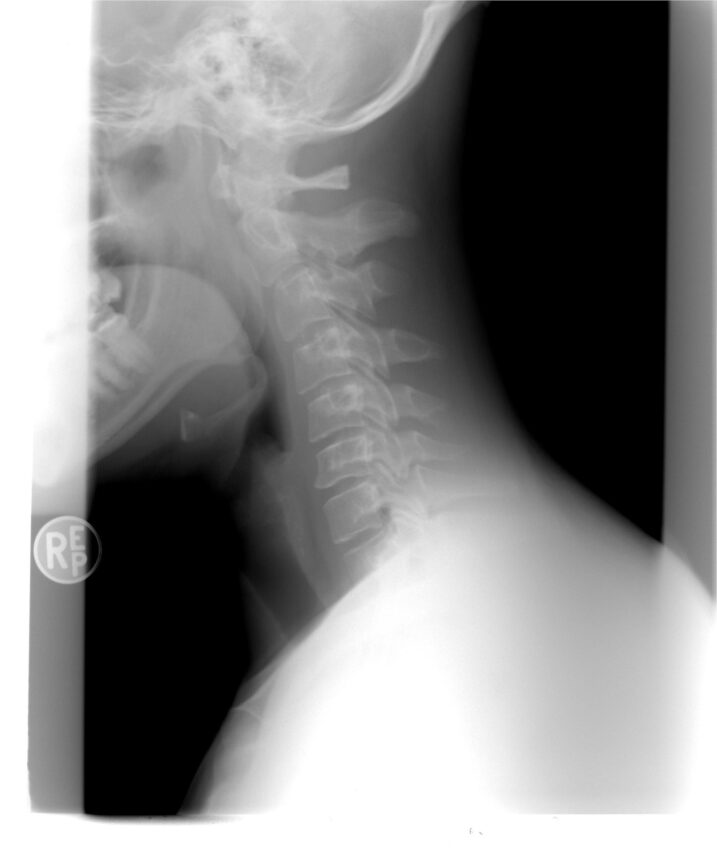Joint hypermobility is a condition in which an individual’s joints can move beyond the normal range of motion. It is a common phenomenon and is often seen in younger individuals. While joint hypermobility is generally not a cause for concern, it has been linked to early onset of degenerative osteoarthritis in the cervical spine.
Osteoarthritis is a chronic condition that causes the cartilage in the joints to break down over time. The cervical spine is particularly vulnerable to osteoarthritis due to its weight-bearing nature and the high levels of mobility required for daily activities such as turning the head. The degeneration of the cartilage in the cervical spine can lead to pain, stiffness, and decreased range of motion.
Several studies have examined the relationship between joint hypermobility and early onset of degenerative osteoarthritis in the cervical spine. A study published in the Journal of Rheumatology found that individuals with joint hypermobility were more likely to develop cervical osteoarthritis at a younger age than those without hypermobility. The study also found that joint hypermobility was associated with more severe cervical osteoarthritis.
Another study published in the Journal of Bone and Joint Surgery found that individuals with joint hypermobility had a higher risk of developing cervical spondylosis, a type of osteoarthritis that affects the cervical spine. The study found that the prevalence of cervical spondylosis was higher in individuals with joint hypermobility than in those without hypermobility.
A third study published in the European Spine Journal found that individuals with joint hypermobility were more likely to have degenerative changes in the cervical spine, including osteophytes and disc degeneration. The study found that joint hypermobility was associated with more severe degenerative changes in the cervical spine.
These studies suggest that joint hypermobility may be a risk factor for early onset of degenerative osteoarthritis in the cervical spine. While the exact mechanisms underlying this relationship are not fully understood, it is thought that the increased range of motion in hypermobile joints may lead to increased stress and strain on the cervical spine, leading to degeneration of the cartilage.
In conclusion, joint hypermobility is a common condition that may increase the risk of early onset of degenerative osteoarthritis in the cervical spine. Individuals with joint hypermobility should be aware of this potential risk and take steps to protect their cervical spine, such as maintaining good posture, getting regular Chiropractic subluxation checks, avoiding repetitive or heavy lifting, and engaging in low-impact exercise. Further research is needed to better understand the relationship between joint hypermobility and cervical osteoarthritis, and to identify effective prevention and treatment strategies for individuals with joint hypermobility.
References:
- Hakim A, Grahame R. Joint hypermobility. Best Pract Res Clin Rheumatol. 2003;17(6):989-1004.
- Elsisi HF, Badr RA, ElSaid OA, et al. Joint hypermobility and its relation to osteoarthritis of the cervical spine. J Rheumatol. 2014;41(10): 1955-1960.
- Teraguchi M, Yoshimura N, Hashizume H, et al. Joint hypermobility is a potential risk factor for lumbar spinal canal stenosis: epidemiological evidence from a community-based cohort study. Eur Spine J. 2013;22(6): 1384-1391.
